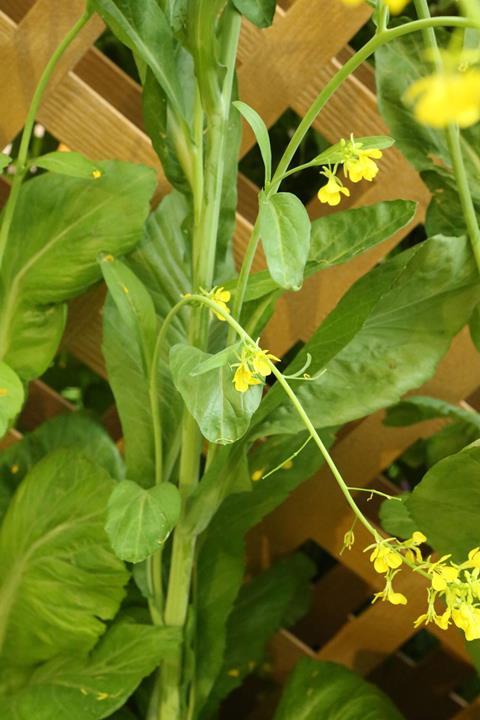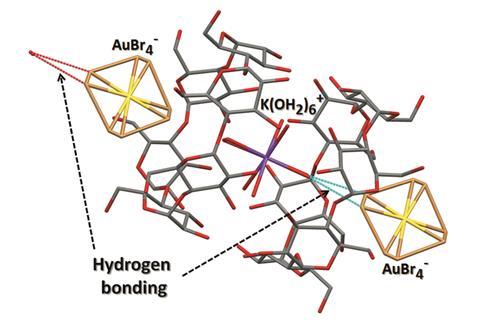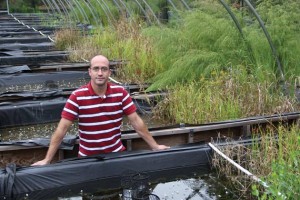Metal nanoparticles turn viruses into tiny batteries that reduce toxic compound in just 10 minutes
Scientists have developed a method to remove a common persistent pollutant in under 10 minutes using metal nanoparticles supported on genetically modified viruses. Each metal-studded virus acts as a tiny battery, electrochemically reducing the pollutant to a less toxic compound.
Para-chloronitrobenzene is a carcinogen and toxic when inhaled, consumed or absorbed through the skin. It is widely used in dyes, synthetic materials and pesticides. As a persistent organic pollutant, it accumulates in lakes and rivers, where it sticks around for decades. A common method of reducing the compound to the safer para-chloroaniline uses metal nanoparticles, often iron. However, this method is slow and requires like high temperature or high acidity. Moreover, with continued use, nanoparticles tend to clump together, which makes them much less effective.
Now, Huimin Yu and colleagues from Tsinghua University in China can reduce chloronitrobenzene in less than 10 minutes using genetically modified viruses. They decorated the outside of the viruses with iron and nickel nanoparticles; the difference in electric potential between the metals converts the viruses into micro-batteries, which can reduce more chloronitrobenzene in the same time than simple iron nanoparticles.
Read the full article in Chemistry World.
Shuai Zhang, Huimin Yu, Ji Yang and Zhongyao Shen
Environ. Sci.: Nano, 2017, 4, 876-885
DOI: 10.1039/C7EN00120G


















